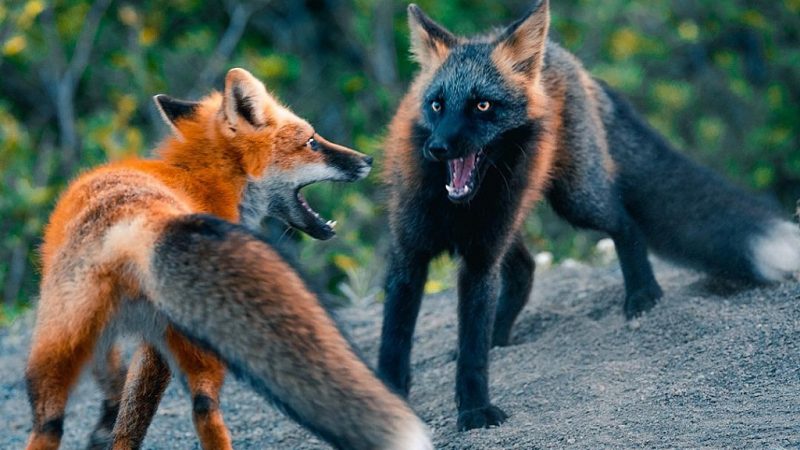
The Red-crested Cardinal, scientifically known as Paroaria coronata, is a bird that effortlessly stands out year-round, thanks to its distinctive features. Among these attributes, its striking red crest shines brilliantly against a backdrop of pristine white and subtle shades of gray.
While the Red-crested Cardinal bears a resemblance to the well-known Northern Cardinal, its genetic roots trace back to the vibrant family of tanagers. This medium-sized bird, cloaked in a remarkable livery of red and silver, captivates all who have the privilege of witnessing it.

Distinguishing between male and female Red-crested Cardinals can be a challenging task, as their plumage is remarkably similar. Both sport the iconic red crest and sport a glistening silver beak. Their backs don a deep gray hue, while their bellies gleam with snowy white feathers. In moments of courtship or warning, they can artfully adjust the angle of their crest, employing this visual prowess to communicate with potential mates or to intimidate unwelcome intruders.
The Red-crested Cardinal finds its origins in the verdant landscapes of South and Central America, including regions of Argentina, Bolivia, Brazil, Paraguay, and Uruguay. Furthermore, it has successfully colonized territories beyond its native confines, establishing thriving populations in Hawaii and Puerto Rico.

The adaptable nature of this avian species allows it to flourish across diverse landscapes. From semi-open regions with scattered trees and shrubs to humid tropical locales, tropical savannas, and even degraded forests, these birds prove themselves remarkably versatile. They have even found a way to thrive in human-populated areas, be it agricultural lands, suburban neighborhoods, or urban settings.
The Red-crested Cardinal, known for its diurnal habits, often resides in small families or as monogamous pairs, forming larger flocks only during non-breeding periods. The breeding season sees males turn territorial, sometimes displaying territorial aggression towards unwelcome guests. Their flight pattern is characterized by a unique undulating motion, punctuated by brief bursts of wing-flapping during ascents and serene, folded-wing glides during descents.

This charming bird is famed for its melodic vocalizations, which encompass a wide range of chirps and whistles. The lively chorus of songs is an intrinsic part of its appeal, resonating throughout the areas it inhabits.
The Red-crested Cardinal is an omnivore, relishing a varied diet that includes insects, fruits, and seeds. It forages by hopping across the ground, showcasing its adaptability in finding nourishment. These birds have no qualms about visiting seed feeders to complement their diet.

Observing the Red-crested Cardinal’s breeding rituals is a captivating experience. Monogamous pairs, identified by their enchanting duets and vocalizations, commence their courtship. This avian ballet features strutting, tail-fanning, and bill-clicking, turning courtship into a breathtaking spectacle. Together, the pair constructs their nest with plant materials, often opting for low shrubbery. Afterward, the female lays 2-3 eggs characterized by greenish-white hues with brown or mauve streaks. Incubation responsibilities fall on the female for one to twelve days, while both parents contribute to nourishing the hatchlings. It takes approximately two to three weeks for the chicks to fledge from the nest, though they may stay with their parents for nearly a year, forming bonds until they find mates. Occasionally, a second brood may be raised.

Unlike long-distance migratory birds, the Red-crested Cardinal chooses to remain in warm regions throughout the year, offering it a less nomadic lifestyle.

The Red-crested Cardinal currently maintains its “Least Concern” status regarding conservation, as its adaptability and vast range have contributed to a stable population. Nevertheless, this charismatic bird continues to face challenges, including habitat loss, bird poaching, and domestication – concerns that extend to many other avian species.









